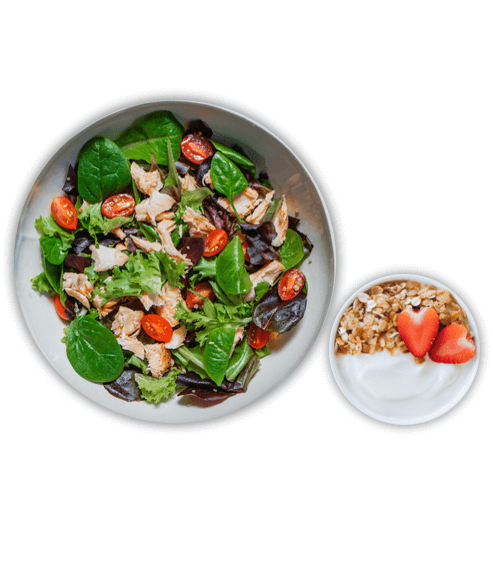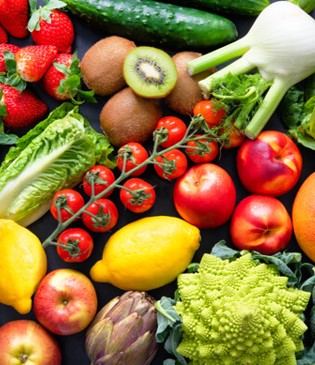Olive oil is recognized internationally as the signature flavor of the Mediterranean diet, adding both taste and nutritional benefits.
Post by Carol D’Anca MS, LDN, CNS.
Olive oils’s designation as a “heart-healthy oil” refers to its exceptional composition of healthy fats. Each tablespoon contains 85% mono (mostly) and polyunsaturated fat, with only 15% saturated fat.
Additionally, the highest-quality extra-virgin olive oil (EVOO) contains 9 different classes of powerful anti-inflammatory antioxidants collectively known as polyphenols. We extol the benefits of olive oil as “liquid gold,” not only for its nutritional value but also for the flavor it delivers.
However, maximizing the nutritional benefits from olive oil is not as simple as one might imagine. My education about the quality of olive oil was broadened on a recent trip to Italy when I met with a fourth-generation olive grower. He described the differences in olive harvesting and their impact on olive oil quality.
Choose Hand-Picked if Possible
For example, the best olive oil is made from olives that are handpicked at their peak ripeness. By contrast, many olive growers place nets over their trees and shake them to remove every possible olive.
Look for Cold-Pressed EVOO
Olives should be “cold pressed” within 24 hours of picking, at temperatures no higher than 81° F.
Transparency in Sourcing
Next, he explained that much of the exported olive oil is not coming from one country, further decreasing the possibility of knowing its quality due to multiple sources of olives. Sure, enough, when I returned to the U.S. I did my own research as I stood in the aisle at a large grocer and scrutinized labels noting that olives were sourced from several countries including Tunisia, Greece, Spain and Australia.
I also learned that we can’t assume “packed in Italy” means the olives were grown in Italy. The label “packed in Italy” is a marketing ploy that can create a mistaken impression about the source of the oil.
Labels to Look For
Additionally, I was enlightened to learn that the government of Italy and other European countries measures the polyphenol content of oil and include statements of content on the label. Only oils meeting or exceeding stringent standards of quality and exclusive origin earn the designation of IOC (International Olive Council) based in Spain. However, 90% of olive oil consumed in the U.S. is imported, and not required to meet the IOC standards.
An alternative label to look for is the USDA’s green and white “Organic” logo. A few good brands are:
- Academia Barilla, produced and bottled in Italy
- Kalamata olive oil from Greece
- Paesano hand-picked and estate-grown olives grown and pressed in Sicily within 8 hours of picking
- Monini olive oil imported from Italian organic cold-pressed olives
So, in conclusion, when it comes to olive oil, as with many other foods we choose, it pays to be educated about the differences in quality!
Carol D’Anca is an integrative nutritionist with more than 20 years’ experience at three of the top healthcare companies in the world. She combines scientific and fact-based research with practical application for improving clients’ nutritional status.
Read more about Carol D’Anca’s expert insights on what to look for in choosing the most healthful extra-virgin olive oil here.
Interested in eating better for your own health?
Learn the essentials of good nutrition in our interactive, user-friendly nutrition learning program for the public.
Clinicians: Do you feel confident responding to patient questions about nutrition?
Take our award-winning condensed interactive nutrition CME—and learn what every clinician should know about nutrition.



